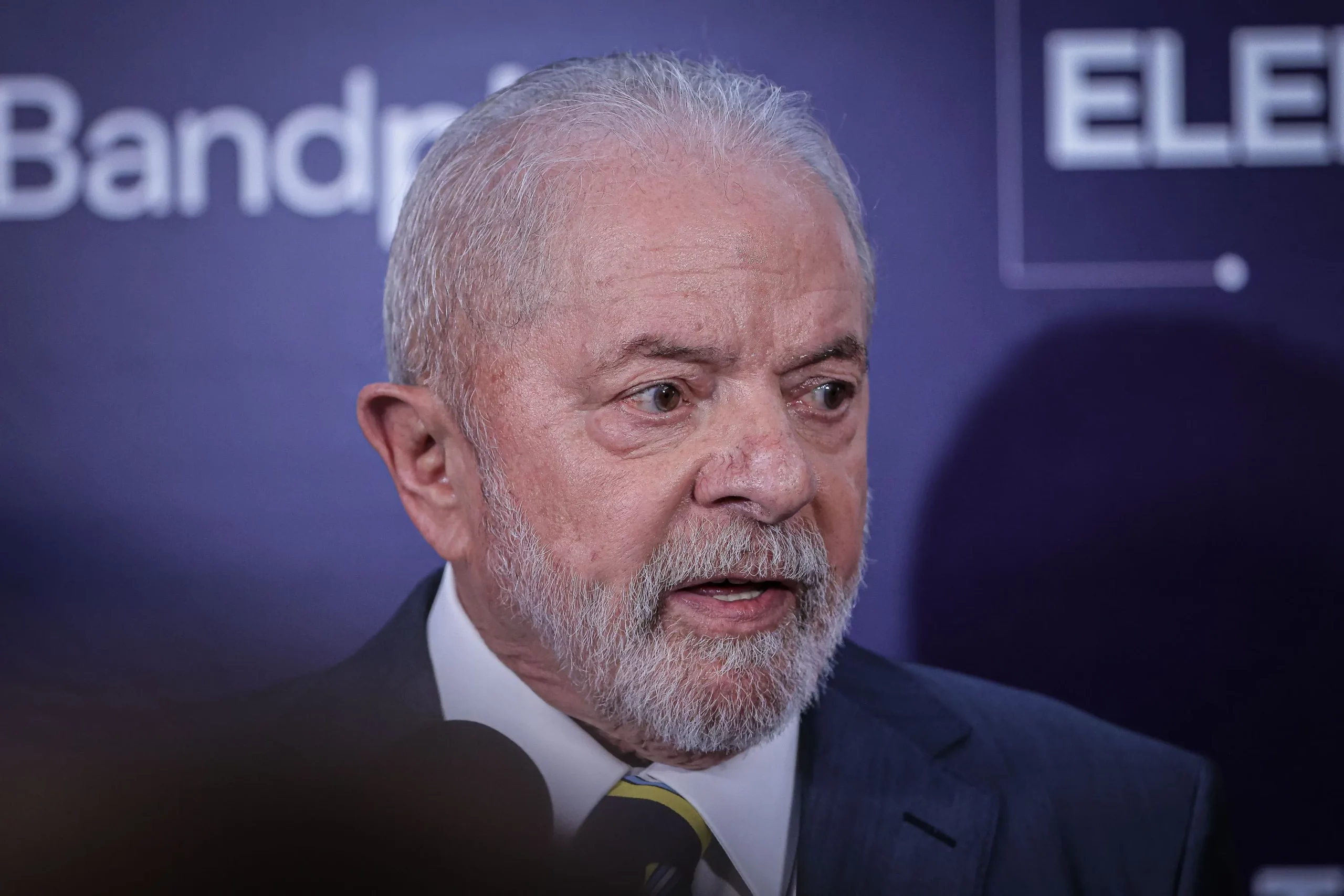(Analysis) President Luiz Inácio Lula da Silva’s third term has placed Brazil on a complex path of economic and social developments. In two years, his administration has faced both achievements and setbacks, painting a nuanced picture of the nation’s trajectory.
The economy showed resilience with a 2.9% GDP growth in 2023 and an expected 3.5% in 2024. This surpassed initial projections, driven by record grain harvests and increased household consumption.

Inflation fell for a brief moment below the target ceiling for the first time in three years only to raise above again, while unemployment dropped to 6.2% in late 2024, the lowest on record. However, the government’s fiscal management has raised eyebrows, with state-owned companies posting a record deficit of R$7.4 billion ($1.2 billion), the largest in two decades.
This comes as Brazil maintains ownership or stakes in an astounding 637 companies, a world-leading figure. Public sector salaries have surged to R$382.2 billion ($61.6 billion), straining the national budget.
 Lula 3.0: Brazil’s Surging Growth, Soaring Deficits, and the Fight for Stability. (Photo Internet reproduction)
Lula 3.0: Brazil’s Surging Growth, Soaring Deficits, and the Fight for Stability. (Photo Internet reproduction)
Perhaps most alarming is the R$1.1 trillion ($177.4 billion) hole in public accounts, the largest since record-keeping began. Paradoxically, this occurs amid strong economic growth and record tax revenue, which rose nearly 10 percentage points above inflation.
Financial markets responded cautiously. Foreign capital flight reached $32.4 billion, and the Brazilian real became the worst-performing major currency in 2024. The dollar hit a record high of R$6.26, reflecting the real’s weakness.
Environmental results were mixed. Amazon deforestation decreased, but the Cerrado saw record deforestation growth. Brazil witnessed its worst wildfires in 14 years, with the burned area 93% larger than the previous year. Health issues compounded these problems, with dengue fever claiming about 6,000 lives, the highest toll on record.
Lula 3.0: Brazil’s Surging Growth, Soaring Deficits, and the Fight for Stability
Social programs saw a revival. The Bolsa Família and Minha Casa Minha Vida programs were reintroduced. The minimum wage policy was reinstated, and Bolsa Família payments increased to R$600. Education showed signs of improvement, with eight out of ten indicators advancing.
Brazil’s poverty reduction in 2023-2024 shows contradictory trends. IBGE data reports millions lifted from poverty, with rates at their lowest since 2012. However, a UFMG study reveals a sharp increase in homelessness during the same period, challenging the narrative of overall improvement.
Add titleAdd title
Internationally, Brazil sought to regain prominence. The country assumed the G20 and BRICS presidency, and Belém was chosen to host COP30 in 2025. Efforts were made to reposition Brazil in climate change and sustainable development discussions.
Despite these efforts, challenges persist. The INSS (National Institute of Social Security) waiting list reached 1.7 million requests, representing a large backlog of people waiting for their social security benefits to be processed. Government disapproval hit 48%, the highest since the term began. Cases of femicide and indigenous infant mortality increased.
Lula’s administration faces the task of addressing these issues while navigating a complex political landscape. The coming years will test the government’s ability to balance progress with persistent challenges, shaping Brazil’s trajectory in the near future.





GIPHY App Key not set. Please check settings